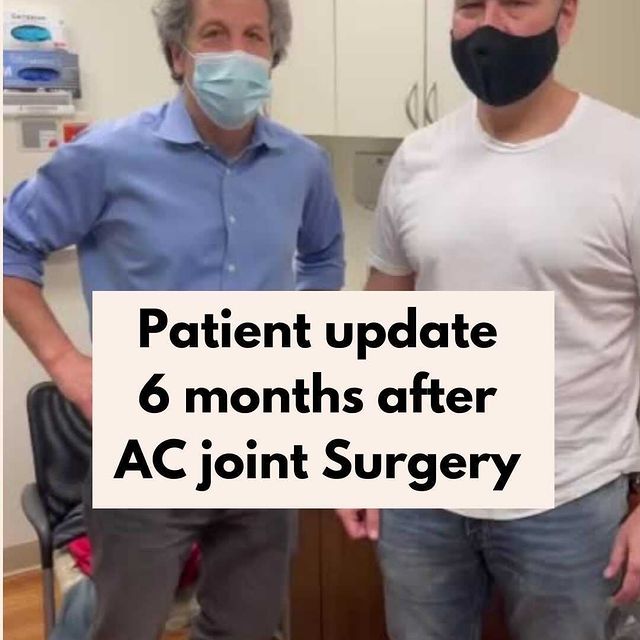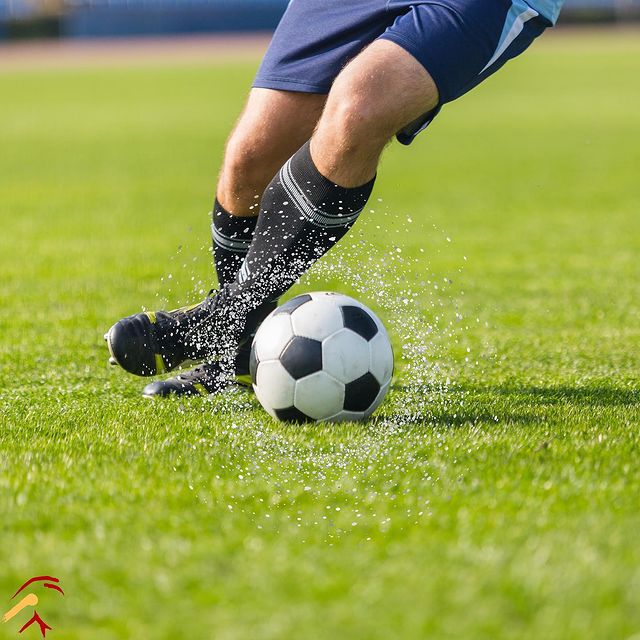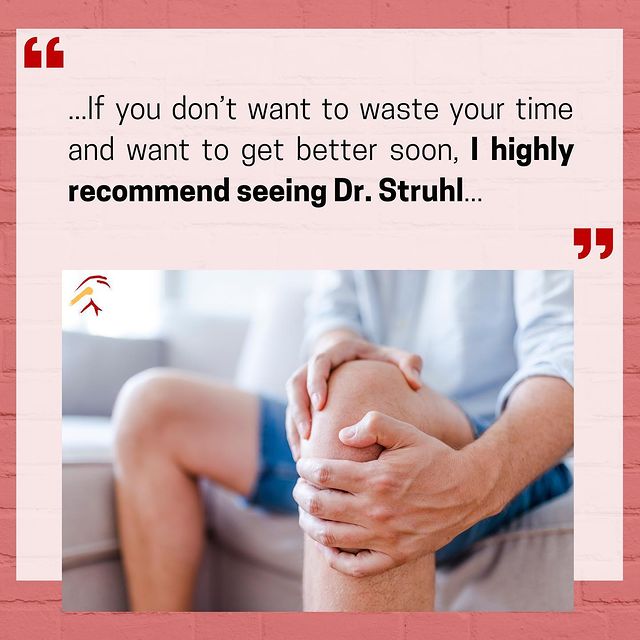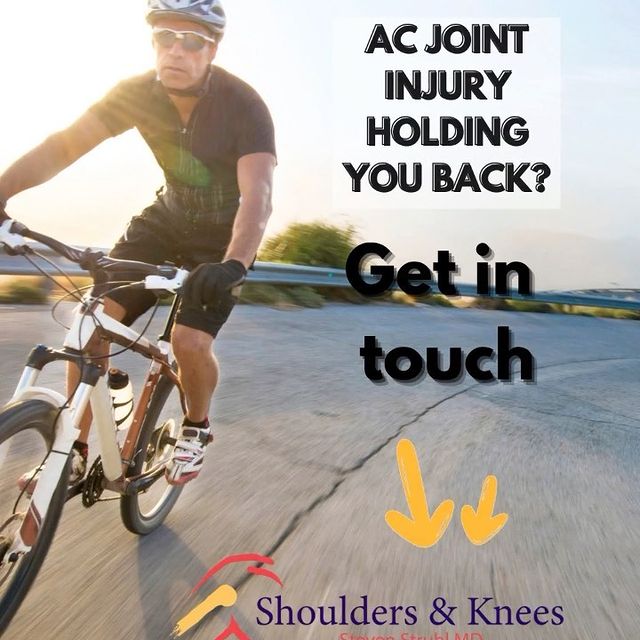If you’ve been experiencing persistent knee pain that worsens with activity, you might be dealing with chondromalacia patella, a common knee condition often referred to as “runner’s knee.” Whether you’re an athlete, a fitness enthusiast, or simply someone who enjoys an active lifestyle, chondromalacia patella can significantly impact your mobility and quality of life. Fortunately, with the right treatment plan, you can alleviate pain, restore function, and get back to doing what you love.
What is Chondromalacia Patella?
Chondromalacia patella occurs when the cartilage on the underside of the kneecap (patella) softens and deteriorates. This condition leads to friction between the patella and the femur, causing pain and discomfort, especially during activities that involve bending the knee, such as running, squatting, climbing stairs, or even prolonged sitting. Individuals with chondromalacia patella often experience symptoms such as:
- A dull, aching pain around or behind the kneecap
- Grinding or cracking sensations (crepitus) when moving the knee
- Increased pain after extended periods of sitting or physical activity
- Swelling and stiffness in the knee joint
Chondromalacia patella can develop due to overuse, improper knee alignment, muscle imbalances, or previous injuries. It’s commonly seen in athletes, but it can affect anyone, including individuals who spend long hours on their feet.
Treatment Options for Chondromalacia Patella
Steven Struhl, MD – Shoulders & Knees, with offices in NYC and Westchester, offers expert treatment for chondromalacia patella to help you regain mobility and minimize pain. Treatment typically begins with a conservative, non-surgical approach aimed at reducing inflammation and improving knee function. Some of the key treatment options include:
- Rest and Activity Modification: Reducing activities that aggravate the knee and incorporating low-impact exercises can help alleviate symptoms.
- Physical Therapy: Strengthening and stretching exercises targeting the quadriceps and hamstrings can improve knee stability and alignment, reducing pressure on the patella.
- Pain Management: Anti-inflammatory medications, ice therapy, and supportive knee braces can help manage discomfort and swelling.
- Biomechanical Assessment: Evaluating foot alignment and gait patterns can identify underlying issues contributing to knee pain and allow for custom orthotics or corrective footwear.
For cases that do not respond to conservative treatment, Dr. Struhl may recommend advanced options such as minimally invasive arthroscopic surgery to smooth damaged cartilage and realign the patella.
Why Choose Dr. Steven Struhl?
With decades of experience in orthopedic care, Dr. Steven Struhl is a trusted expert in diagnosing and treating knee conditions like chondromalacia patella. His patient-centered approach ensures that you receive a customized treatment plan tailored to your unique needs and lifestyle goals. Whether you’re aiming to return to sports or simply enjoy pain-free movement, Dr. Struhl’s expertise can help you achieve optimal outcomes.
Take the First Step Toward Pain Relief
Don’t let chondromalacia patella hold you back from an active lifestyle. If you’re experiencing knee pain, schedule a consultation with Dr. Steven Struhl in NYC or Westchester today. With the right treatment, you can restore your mobility, reduce pain, and get back on track with confidence.




